Clearinghouse
Filter
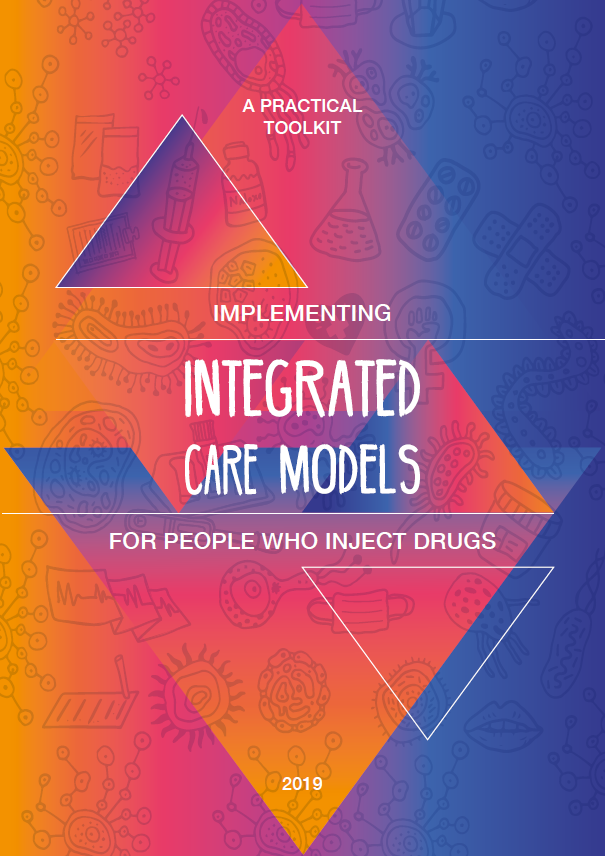
A Practical Toolkit: Implementing Integrated Care Models for People Who Inject Drugs
The aim of the toolkit on Implementing Integrated Care Models for People Who Inject Drugs is to provide information on core recommendations and guidelines on how HIV, HCV and TB prevention and treatment activities could be integrated and combined with harm reduction measures to be effectively included in the work of different organizations who work with people who inject drugs. It includes…
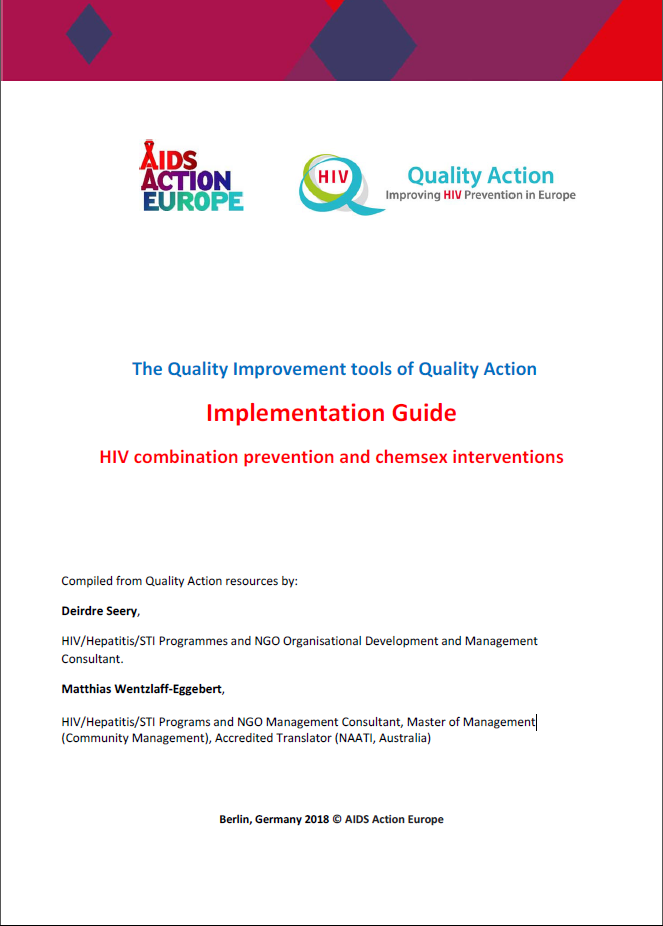
The Quality Improvement tools of Quality Action Implementation Guide: HIV combination prevention and chemsex interventions
This implementation guide aims to assist those interventions working on HIV combination prevention and chemsex in improving the quality of their project work
Phenomena such as the use of any combination of drugs such as crystal methamphetamine, mephedrone and/or other party drugs before or during sex (chemsex), need to be addressed quickly and adequately. In relationships where any partner is…
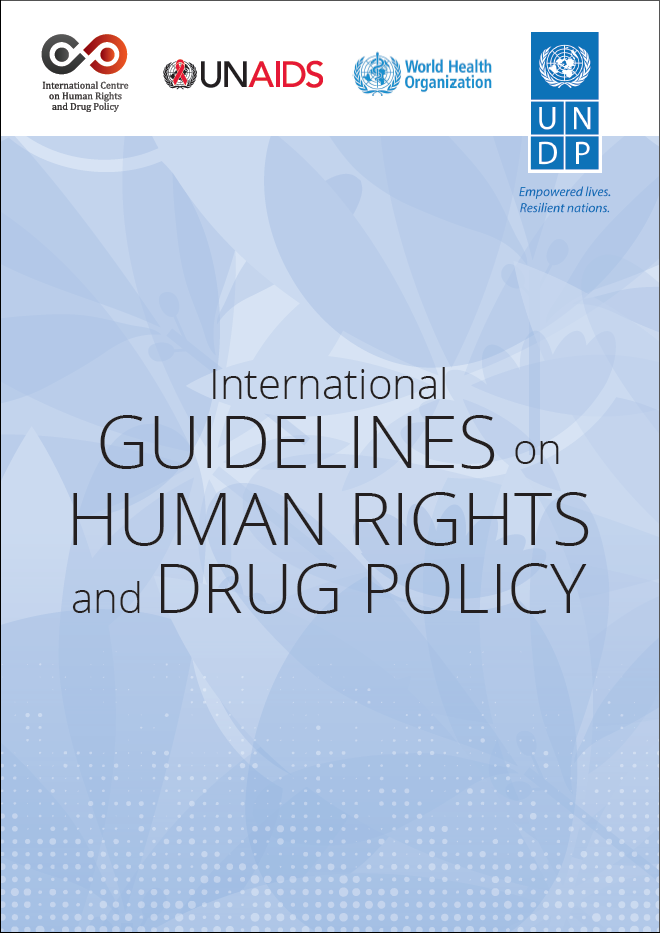
International Guidelines on Human Rights and Drug Policy
Drug control intersects with much of the 2030 Agenda for Sustainable Development and the UN Member State pledge to leave no one behind. In line with the 2030 Agenda, the UNDP Strategic Plan 2018-2021 and the HIV, Health and Development Strategy 2016-2021: Connecting the Dots, the International Guidelines on Human Rights and Drug Policy provide a comprehensive set of international legal standards…
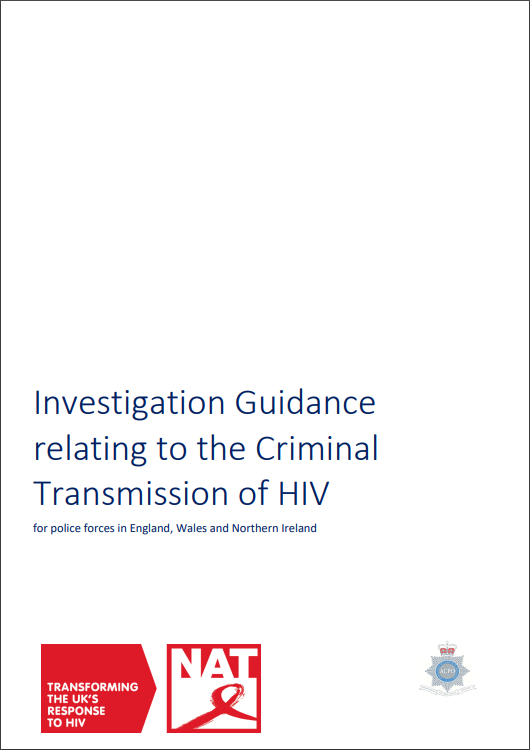
Investigation Guidance relating to the Criminal Transmission of HIV for police forces in England, Wales and Northern Ireland
This Guidance developed by the Niational AIDs Trust aims to end inappropriate police investigations and ensure, when they are considered necessary, that police forces and officers investigate allegations of criminal HIV transmission in a way which is:
consistent with CPS prosecution policy,
appropriately informed about HIV from both a clinical and a social perspective
respectful of human rights…
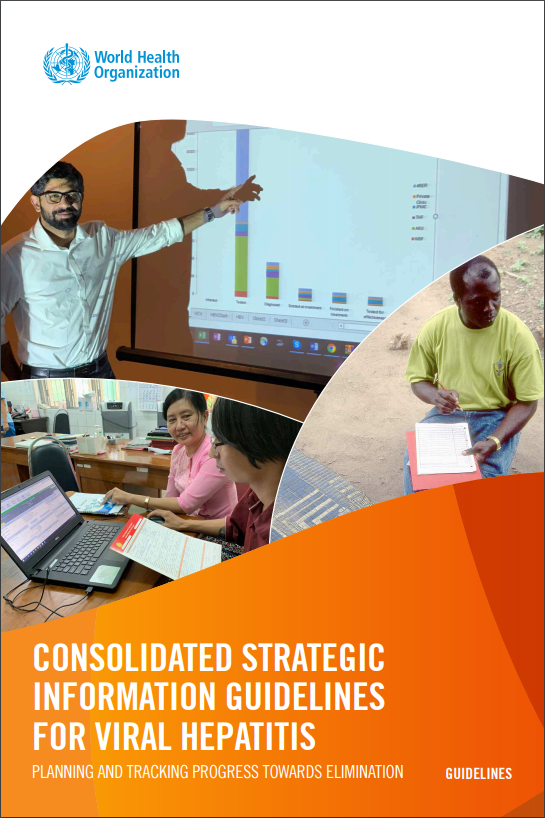
Consolidated strategic information guidelines for viral hepatitis: planning and tracking progress towards elimination
The Consolidated strategic information guidelines for viral hepatitis summarize and simplify the overall approach proposed by WHO to collect, analyse, disseminate and use strategic information on viral hepatitis at local, subnational, national and international levels.
The document describes the use of strategic information at various stages of the response in the context of strengthening broader…
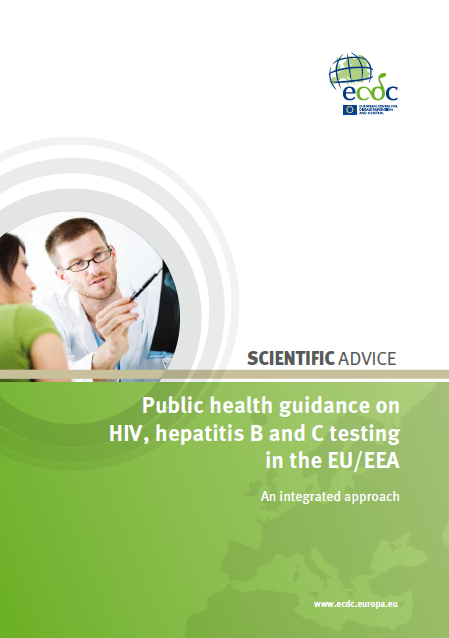
Public health guidance on HIV, hepatitis B and C testing in the EU/EEA
This guidance aims to provide EU/EEA countries with an evidence-based framework to help develop, implement, monitor and evaluate their own national HBV, HCV and HIV testing guidelines and programmes. It offers a range of evidence-based options for the design of testing interventions for different settings and populations and supports the concepts of diversifying and integrating testing services.
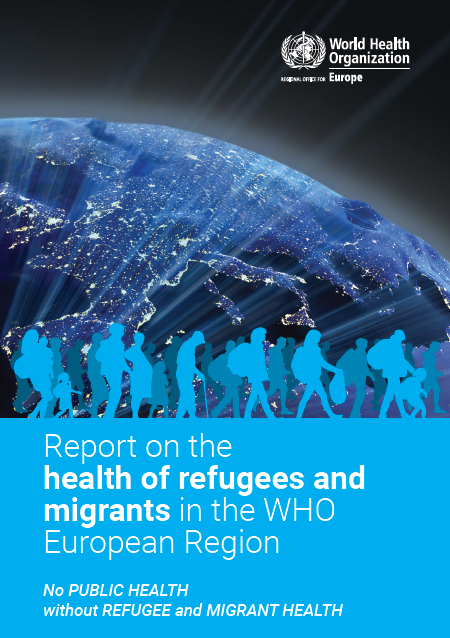
Report on the health of refugees and migrants in the WHO European Region
This report creates an evidence base with the aim of catalysing progress towards developing and promoting migrant-sensitive health systems in the 53 Member States of the WHO European Region and beyond. This report seeks to illuminate the causes, consequences and responses to the health needs and challenges faced by refugees and migrants in the Region, while also providing a snapshot of the…
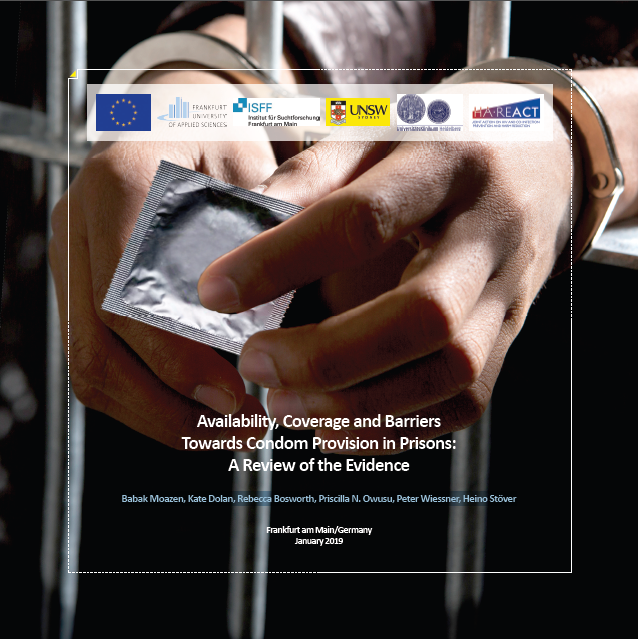
Availability, Coverage and Barriers Towards Condom Provision in Prisons: A Review of the Evidence
Sexual contacts are an undeniable fact among prisoners around the world. However, policy makers and prison governors as well as medical services deny the existence of same-sex-activities in prisons. Homophobia is a global concept of denial of human variety of sexual identity. Once again the resistance against the provision of evidence-based preventive strategies is politically and morally driven…
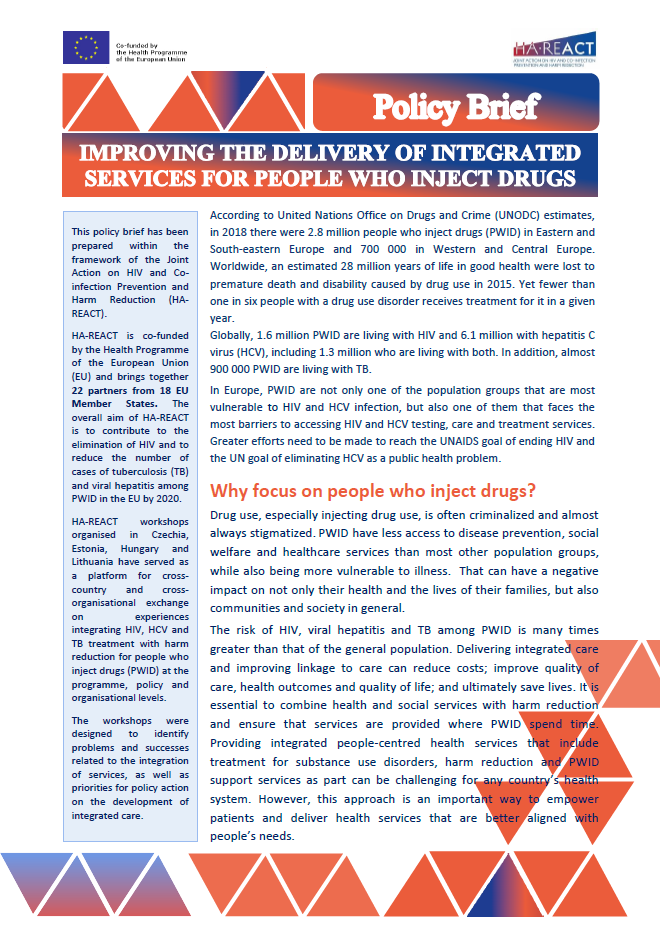
Policy Brief: Improving the delivery of integrated services for people who inject drugs
The risk of HIV, viral hepatitis and TB among people who use drugs (PWID) is many times greater than that of the general population. Delivering integrated care and improving linkage to care can reduce costs; improve quality of care, health outcomes and quality of life; and ultimately save lives. It is essential to combine health and social services with harm reduction and ensure that services are…
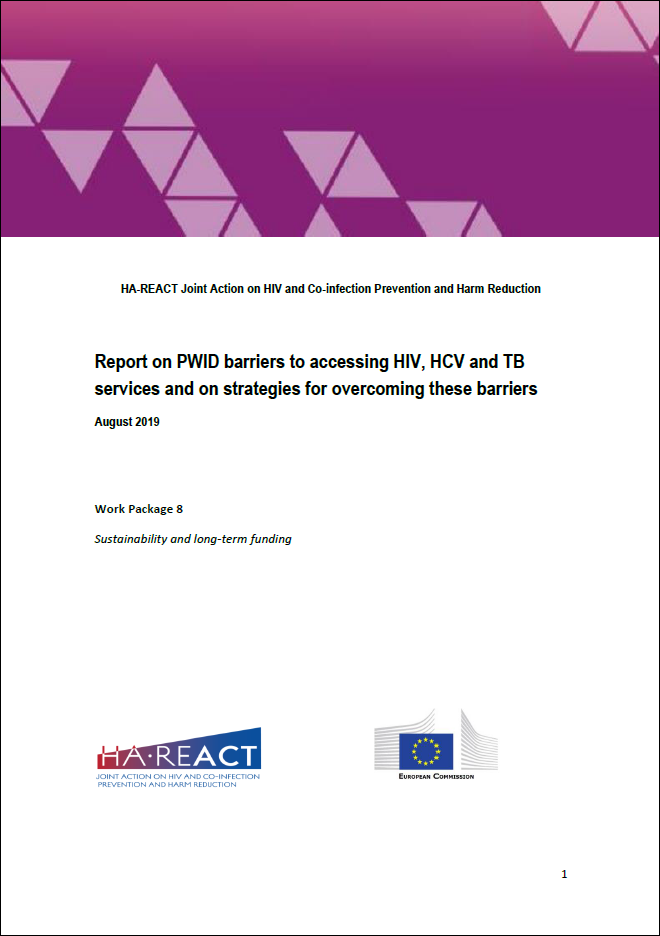
Report on PWID barriers to accessing HIV, HCV and TB services and on strategies for overcoming these barriers
People who inject drugs (PWID) have become one of the most vulnerable populations in Europe to not only get infected by HIV and/or hepatitis C (HCV) but also to not be able to access testing, care and treatment services. In order to reach UNAIDS goals to end HIV and WHO goals to eliminate HCV in Europe, we must better address this problem. In many cases harm reduction service providers are the…
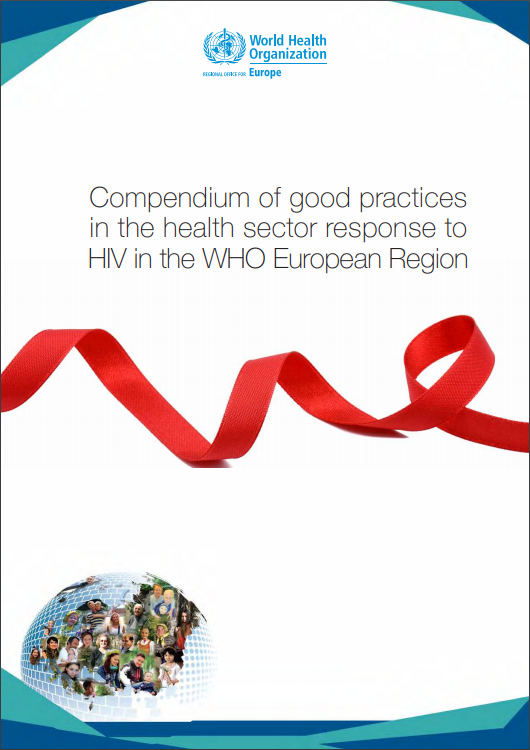
Compendium of good practices in the health sector response to HIV in the WHO European Region
In response to the rapidly increasing number of new HIV infections in the WHO European Region, the action plan for the health sector response to HIV in WHO European Region was endorsed at the 66th session of the WHO Regional Committee for Europe in September 2016. From December 2017 to April 2018, the WHO Regional Office for Europe collected good practices in implementation of the action plan and…
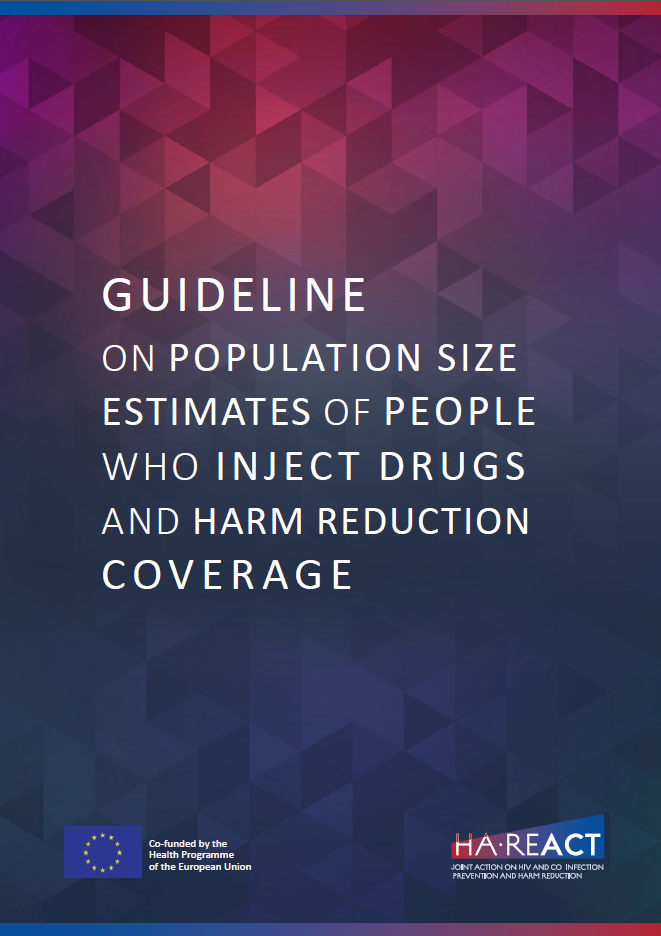
Guideline on population size estimates of people who inject drugs and Harm Reduction coverage
The sole objective of this guideline is to summarize and educate about highly useful concepts for scaling up harm reduction in any country.
The Joint Action on HIV and Co-Infection Prevention and Harm Reduction (HA-REACT) is addressing the gaps that exist in the prevention of HIV and other co-infections, especially tuberculosis and viral hepatitis, among people who inject drugs. Among the work…
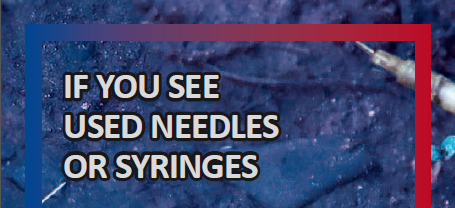
Brochure: Used and discarded injection equipment
The Croatian organisation FLIGHT carries out activities to remove discarded needles and syringes by people who inject drugs from the environment in the City of Zagreb and the Zagreb County.
This brochure was created to inform people if they find discarded needles and syringes andin this case to connect FLIGHT. FLIGHT collect them safely and appropriately, and has a contract with a company that…
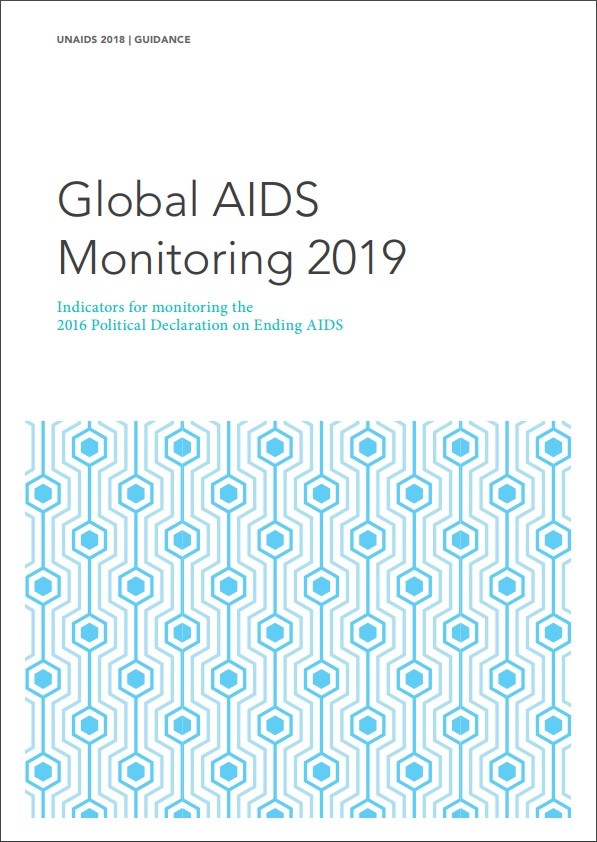
Глобальный мониторинг СПИДа 2019
The purpose of this document developed by the UNAIDS is to provide guidance to national AIDS programmes and partners on the use of indicators to measure and report on the country response.
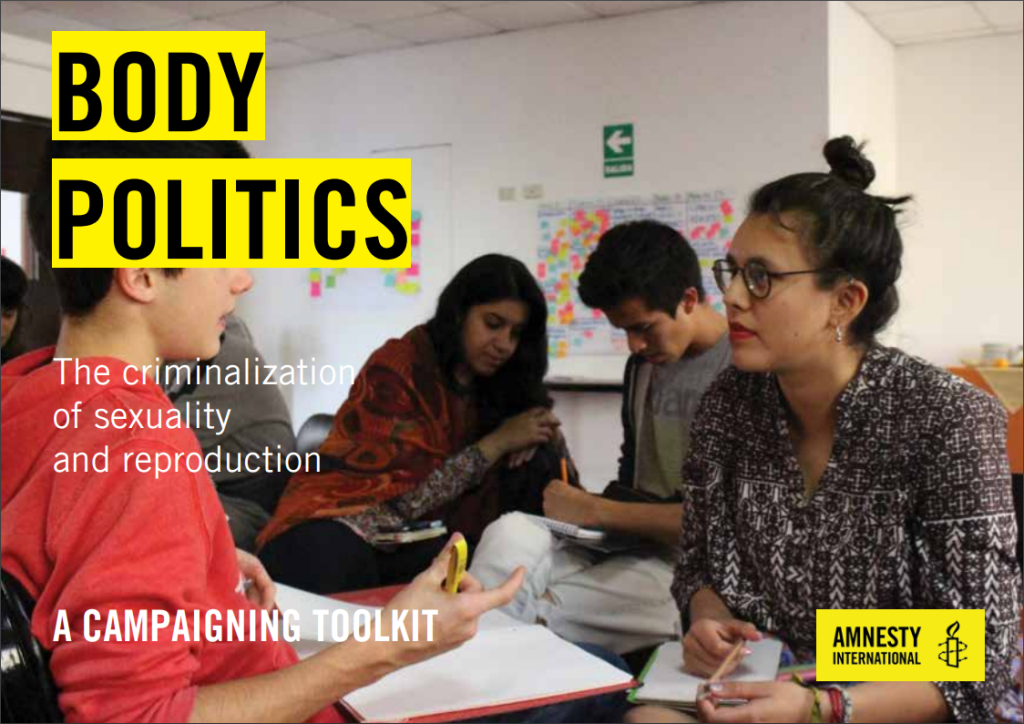
Body Politics: The Criminalisation of Sexuality and reproduction – A campaigning Toolkit
This tookit provides concrete campaigning techniques such as mapping stakeholder participation and power, identifying advocacy targets, and building capacity
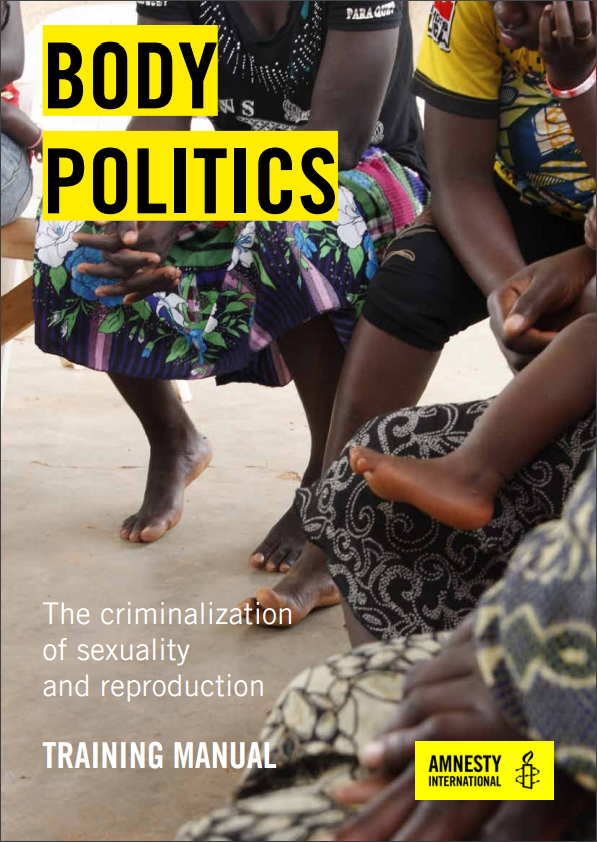
Body politics: the criminalization of sexuality and reproduction: training manual
This Training Manual is one component of Amnesty International’s Body Politics: Criminalization of Sexuality and Reproduction series. It aims to motivate and equip the organization’s global movement to challenge unjust criminalization of sexuality and reproduction in local, national, regional and international contexts. It should be used in conjunction with the Body Politics Primer, Toolkit, and…
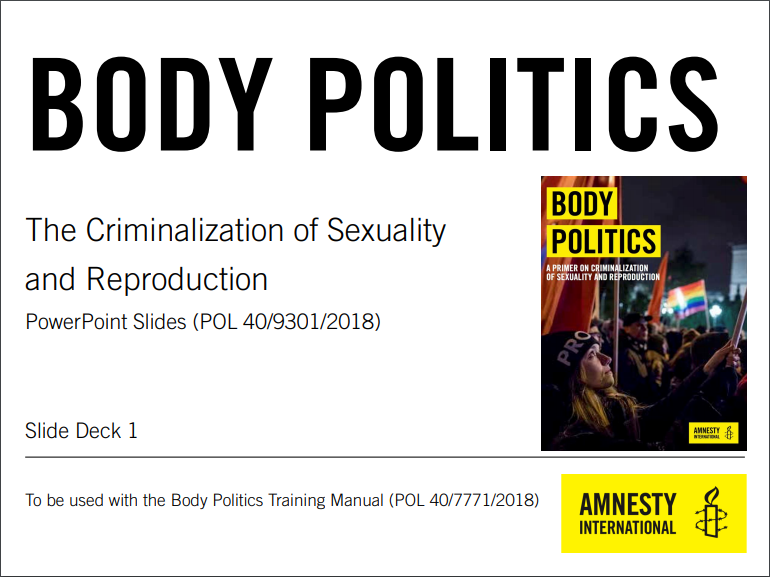
Body politics: the criminalization of sexuality and reproduction: powerpoint slides
This set of slides is one component of Amnesty International’s Body Politics: Criminalization of Sexuality and Reproduction series. It aims to motivate and equip the organization’s global movement to challenge unjust criminalization of sexuality and reproduction in local, national, regional and international contexts. It should be used in conjunction with the Body Politics Training Manual, Body…
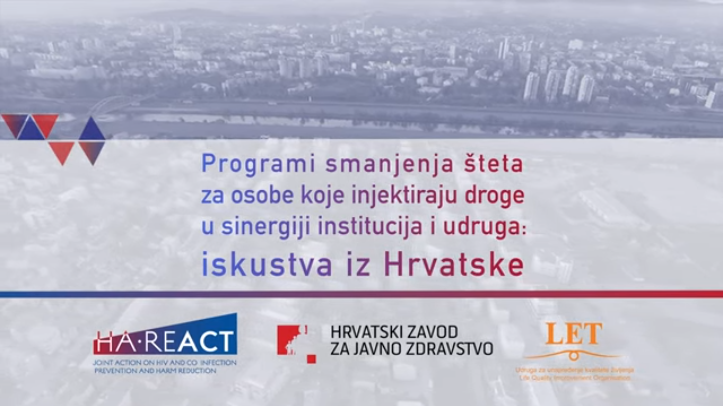
Harm Reduction Services in Synergy between Institutions and NGOs: The Croatian Experience
Harm Reduction is a public health approach focused on people who use drugs, primarily on people who inject drugs. This video introduces how NGOs and public health institutions in Croatia collaborate to reduce harm for people who use drugs and how harm reduction services benefit to people who use drugs.
ORIGINAL VERSION IN CROATIAN: https://youtu.be/HSEdU7o_3KE
WITH ENGLISH SUBTITLES: https://…
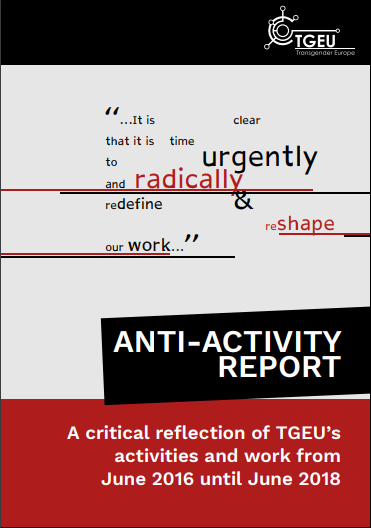
Anti-activity report. A critical reflection of TGEU’s activities and work from June 2016 until June 2018
This publication produced by Transgender Europe includes analysis of their activities and deliverables, their structures and how these structures leave many people behind. With this report Transgender Europe take a critical look at their work to underline where they are failing their communities.
This publication is a good practice tool for NGOs to have a crytical analysis of our work and how we…
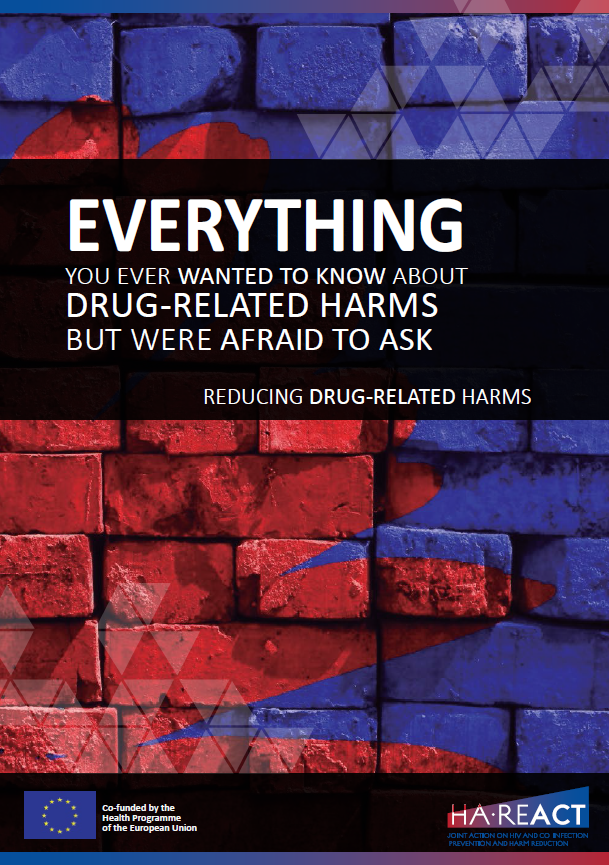
EVERYTHING YOU EVER WANTED TO KNOW ABOUT DRUG-RELATED HARMS BUT WERE AFRAID TO ASK
This booklet is an approach to drug harm reduction: policies and interventions aimed at reducing drug-related harm for people who use drugs.
It was based on interviews with people who use drugs, social workers, clinicians, narcologists, nurses, NGO workers and researchers. All try to ask EVERYTHING YOU EVER WANTED TO KNOW ABOUT DRUG-RELATED HARMS BUT WERE AFRAID TO ASK.
This document has been…
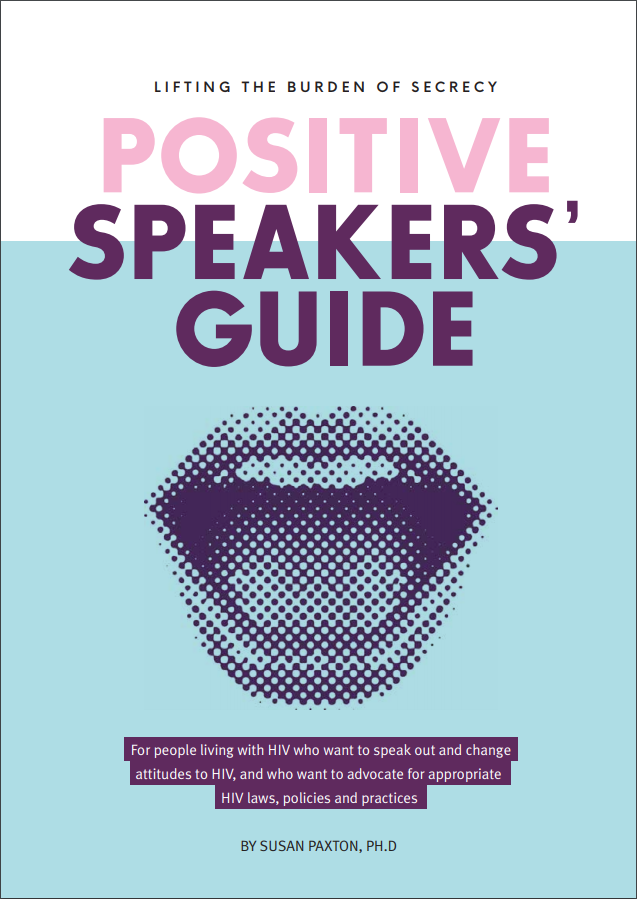
Lifting the Burden of Secrecy – Positive Speakers’ Guide
Manual for people who want to speak out and change attitudes to HIV and who want to advocate for appropriate HIV laws, policies and practices. Includes steps to a successful advocacy campaign and examples of how people living with HIV around the world have specifically advocated for policy change, and some of their success stories.
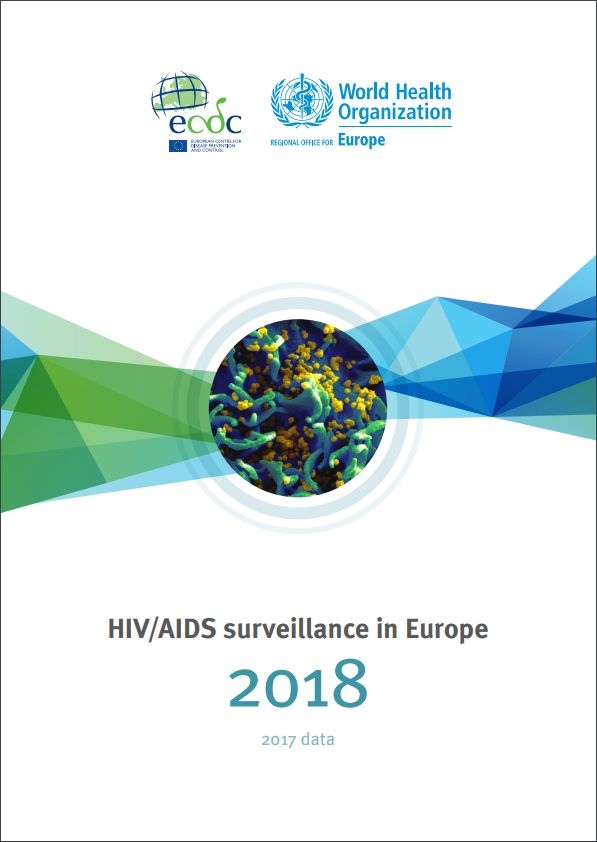
HIV/AIDS surveillance in Europe 2018 - 2017 data
HIV transmission remains a major public health concern and affects more than 2 million people in the WHO European Region, particularly in the eastern part of the Region. This report is the latest in a series published jointly by European Centre for Disease Prevention and Control (ECDC) and the WHO Regional Office for Europe that has been reporting data on HIV and AIDS in the WHO European Region…
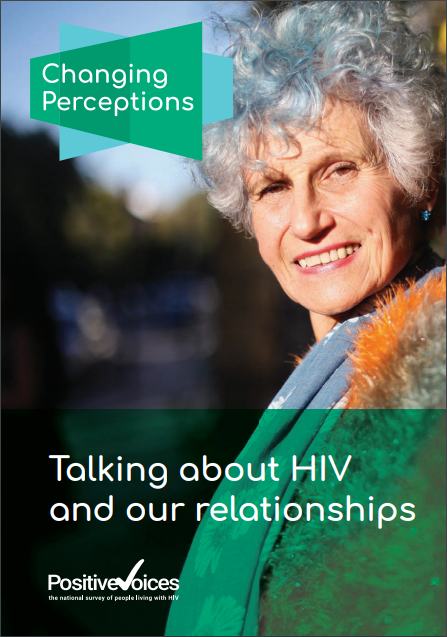
Changing Perceptions. Talking about HIV and our relationships
This is one in a series of reports that brings a new focus to the diverse needs of people living with HIV today; blending personal stories with findings from Positive Voices – the largest, most representative survey of people with HIV to date. Through storytelling, people with HIV have brought the survey to life by putting statistics in the context of real lives in order to challenge attitudes…
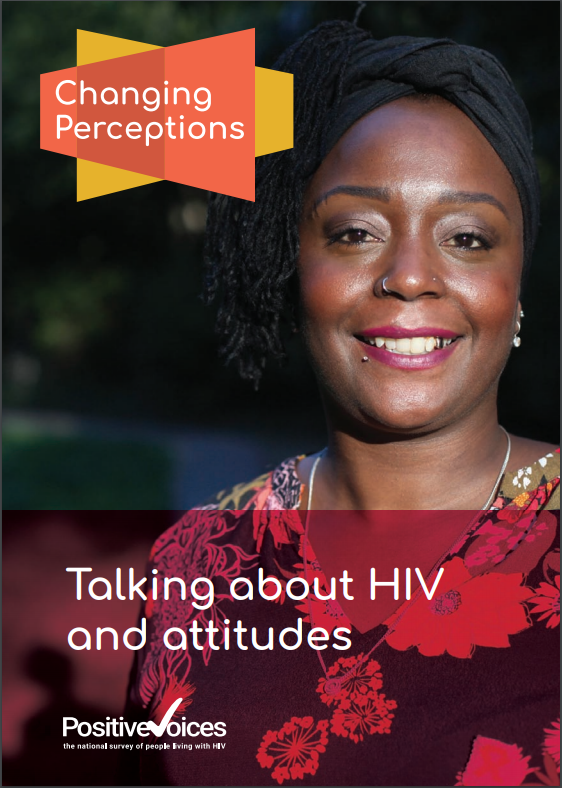
Changing Perceptions.Talking about HIV and attitudes
This is one in a series of reports that brings a new focus to the diverse needs of people living with HIV today; blending personal stories with findings from Positive Voices – the largest, most representative survey of people with HIV to date. Through storytelling, people with HIV have brought the survey to life by putting statistics in the context of real lives in order to challenge attitudes…
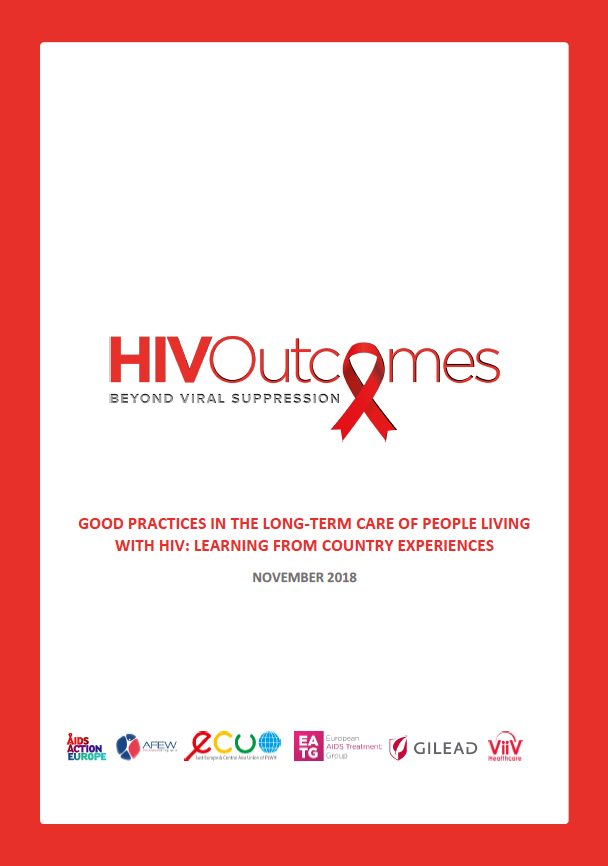
HIV Outcomes Beyond Viral Suppression - Good Practices in the Long-Term Care of PHIV
These recommendations aim to inform and inspire policy- and decision-makers to develop and implement new approaches and policies that recognise HIV to be a long-term condition that poses significant challenges to health and well-being.
The HIV Outcomes initiative was created in response to the increasingly widespread recognition that important aspects of the health and well-being of people living…
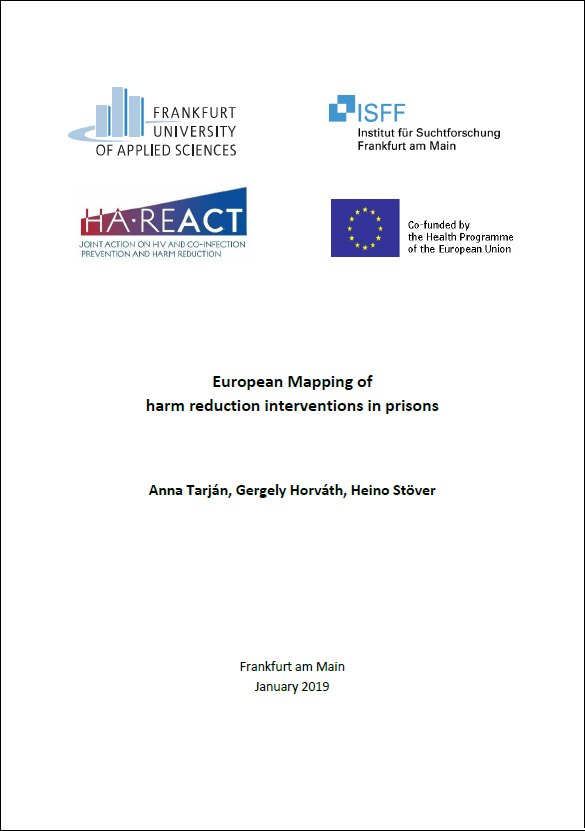
European Mapping of Harm Reduction Interventions in Prisons
Scientific literature about the situation of drug use and infectious diseases as well as institutional responses to them is limited, sporadic and heterogeneous in the European Countries. The research activity therefore covered the compilation of the existing bits and pieces of information of the different data collections and research efforts.
The mapping report covers the compilation of all the…
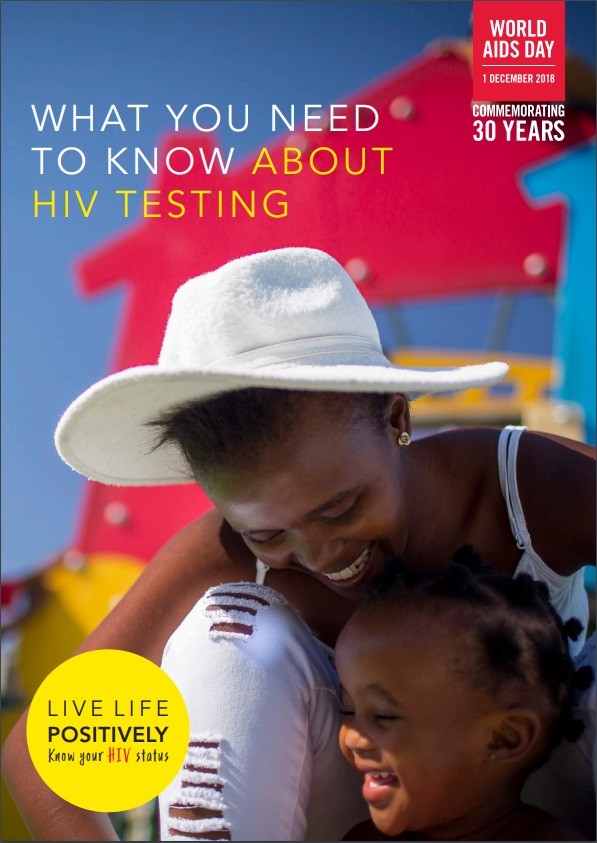
What you need to know about HIV testing
This infomaterial created by UNAIDS to the World AIDS Day 2018 includes is focusing on HIV testing. Testing for HIV allows you to act, to seek HIV treatment if you are HIV-positive or to protect yourself if you are HIV-negative. Knowing your HIV status gives you the power to take control over your health and well-being.
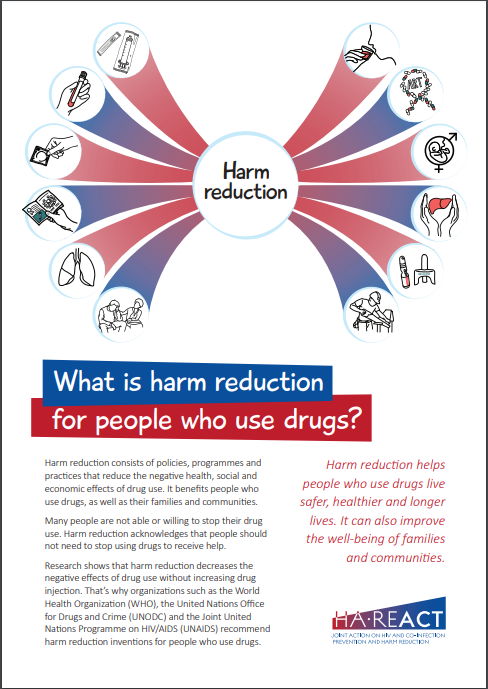
What is Harm Reduction for people who use drugs?
This brochure explains what harm reduction is consisting of and how it benefits to people who use drugs, as well as their families and communities.
Harm reduction acknowledges that people should not need to stop using drugs to receive help. Research shows that harm reduction decreases the negative effects of drug use without increasing drug injection. That’s why organizations such as the World…
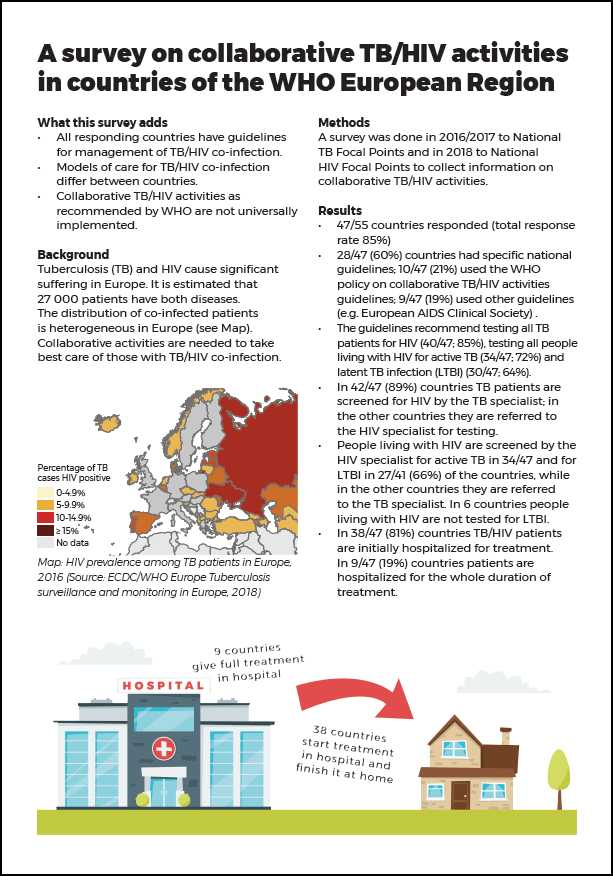
A survey on collaborative TB/HIV activities in countries of the WHO European Region
Tuberculosis (TB) and HIV cause significant suffering in Europe. It is estimated that 27 000 patients have both diseases. The distribution of co-infected patients is heterogeneous in Europe. Collaborative activities are needed to take best care of those with TB/HIV co-infection.
This survey was done in 2016/2017 to National TB Focal Points and in 2018 to National HIV Focal Points to collect…
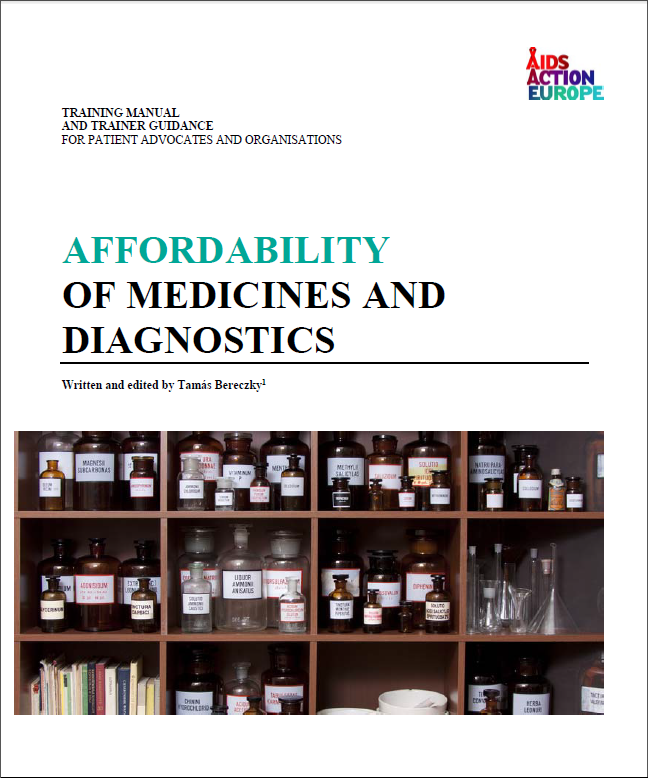
Affordability of Medicines and Diagnostics. Training manual and trainer guidance
The Steering Committee of AAE identified affordability of medications as one of the key issues in the WHO Europe region. As part of our work on affordability, AAE prepared a training manual on affordability of medicines and diagnostics. In 2018 the training manual was updated and additional chapter for trainers was added. This updated manual will become a basis for trainings of trainers, so that…

